Topics
Background
Finding replacement wheels and tires for the relatively common Jaguar XJ6 turns out to be surprisingly difficult. Although this classic was manufactured from 1968 through 1985 without any suspension modification that impacts wheel fitment, the aftermarket alternatives are extremely limited.
The original chromed steel 15×6 wheels sported a hubcap with a Jaguar center logo. The five-bolt (5 x 120.7 pattern) is not unusual at all and shared, for example, by many GM cars. To accommodate the Jaguar axle though, the OEM wheels required rather large center bores (about 74mm) and wheel offsets (28mm) that are no longer standard. Note that the Jaguar tends to ride high in the front compared to contemporary sedans, with the top of the tire edge well below the front wing rim.
The major technology disruption of aluminum alloy wheels have now widely impacted the aftermarket, relegating Old School classic steel wheels to a very small market niche. Replacement new steel Jaguar OEM-style wheels, as a result, are not available anywhere. It is possible to find used ones, but that has no advantage over refurbishing our existing set (certainly an option, by the way).
Rise of the alloys
Although invented and introduced in the 1920s, aluminum alloy wheels did not penetrate the sports car market until the mid-1960s when they were installed as options on classics like the 1964 Chevrolet Corvette, the 1965 Mustang GT 350, and the 1966 AC Cobra 427. These early alloys were all specially fitted by dealers and involved significant extra expense.
The first factory-fitted mass market alloys for sedans were introduced on 1974 VW and Audi cars (but still marketed as optional packages). By the 1980s, alloy wheels were standard equipment on most premium sedans and today it is difficult to purchase a car without them! Our 1972 Jaguar, “caught” between the steel-to-alloy shift, is something of an odd duck in terms of wheels and tires.
Aluminium is obviously lighter than steel, and this physical attribute made it possible to manufacture larger diameter wheels while maintaining the same approximate weight. As wheel diameters increased, tire profiles evolved as well into the thinner ones common today. Thinner, lower profile tires offer better lateral stability but tend to be less comfortable (there is less air to cushion a bump on the road).
Thus there is an operational tradeoff — lateral stability versus road smoothness — as well as an appearance one — smaller wheels (15 diameter) with high profile tires versus larger wheels (16 to 19″ diameters) with low profile tires.
In terms of commercial availability, low profile tires are plentiful, while ones that fit the older high profiles are much more difficult to find. So there are reasons to source new alloy wheels with larger diameters (at least 16″ and perhaps 17″) that can fit the special Jaguar axle while opening up a broader choice of modern tires.
Wire wheels to Kents
With the XK and E-type racers, Jaguar helped define what “sport car” meant. Through the 1960s, the sporty look was supported by the classic wire spoke wheels that were light and designed for quick race track maintenance with their spinoff hubs.
But at the late 1960s launch of the XJ6 sedan, Jaguar departed from its wire wheel heritage to embrace a “contemporary” chrome hubcap look more attuned to the 1970s American luxury sedan market.
Technical competition forced Jaguar to “modernize” by 1976 with the introduction of GKN Kent alloys, a style that mirrored the XJ6 steel wheel with its vent slots (but without the large hubcap) while reflecting the vintage wire wheel spoke motif. As a result, the wheel hub nuts became a design feature (no longer hidden by the hubcap) along with the internal structure of the wheel itself, a five-spoke layout meshing with the wheel’s five-bolt fastener pattern. The Jaguar XJS model was first fitted with Kents, followed by the XJ series II and III (although never offered for the Series I, they fit perfectly).
GKN
None of the XJ series alloy wheels were actually made by Jaguar. A diversified industrial company, Guest Keen and Nettlefolds (GKN), manufactured all these wheels at their GKN Kent Alloys Ltd. Wheel Division located in Rochester, Kent, England (and hence the Kent brand name). Opened in 1971, the factory was “the largest and most modern complete aluminium alloy wheel manufacturing unit in the World”, according to MotorSports magazine.
The original GKN alloys were all smaller diameter (14 to 15″) compared to modern sedan wheels. As horsepower increased, more and more stress was generated by high speed braking, leading to the demand for larger diameter wheels that could fit larger brake calipers. Rotor heat, caused by brake pad friction, rose in importance, so venting design became a hot issue (pardon the pun). The older spoke wire wheels had easily avoided the problem of blocked air flow. Now the small vent slots around the wheel rim seemed inadequate.
Enter the pepperpot design, so named for the many small holes placed into the wheel body between the hub and the rim. Suddenly everyone had a pepperpot style wheel, including GKN who introduced one for the XJ6 Series III.
The original GKN Pepperpot dimensions don’t fit modern tires. KWEcars has created a larger diameter and wider wheel that retains the pepperpot design elements but still fits the XJ6 frame, offset, and center bore requirements. The KWE Pepperpot is not available as a standalone product, however (KWE only provides these wheels as part of their restoration service).
The primary advantage of the KWE wheel is that the larger diameter can be fitted with modern lower profile tires while retaining the traditional Jaguar appearance (albeit the pepperpot look rather than the Kent style).
Wheel dimensions
All Series I-III XJ wheels, both steel and alloy, share the same bolt pattern (PCD 5 x 120.65), the same center bore (73.8mm), and the same lug nut thread size (1/2″ – 20 UNF).
The table below summarizes the evolution of wheel dimensions using the format
[rim width in inches][flange type] x [rim diameter in inches] [offset in millimeters].
For example, 6Jx15 ET28 is a 15″ diameter by 6″ wide wheel with a “J” type flange and a 28mm positive offset.
JAGUAR XJ WHEEL DIMENSIONS
| Model | Years | Standard wheel | High performance |
|---|---|---|---|
| Series I | 1968-72 | 6Jx15 ET28 | |
| Series II | 1973-78 | 6Jx15 ET28 | 6.5Jx15 ET32 (V12) |
| Series III | 1979-85 | 6Jx15 ET28 | 6.5Jx15 ET32 (V12) |
| XJ40 | 1986-93 | 6.5Jx15 ET28 | 7Jx16 ET32 (V12) |
| X300 | 1994-96 | 7Jx16 ET33 | 8Jx16 ET33 (V12) |
| X308 | 1997-02 | 7Jx16 ET33 | 8Jx18 ET33 (XJR) |
| X350/8 | 2003-08 | 7.5Jx17 ET49 | 8.5Jx19 ET49 (XJR) |
| X351 | 2009-19 | 8Jx18 ET50.5 | 9Jx19 ET49 (5.0i) |
All the 15″ diameter XJ6 wheels are mounted with 70 aspect ratio tires, typically 205/70 R15 or 215/70 R15. The first number (205 or 215) refers to the width of the tire tread.
Vintage tire limitations
If our 15″ steel wheels are refurbished or replaced by 15″ alloy wheels, this places some limits on new tire choice. Using TireRack.com as a guide to availability, there are 31 tires in the 205/70 R15 size (the 215/70 R15 tire offers comparable choices).
15-inch 70 ASPECT TIRE OPTIONS
| Performance category | Brand(s) | Speed rating | Price (set of 4) |
|---|---|---|---|
| Summer passenger | Vredestein | 168 mph | $990 |
| Off-road | Pirelli/Yokohama | 118-130 mph | $300-450 |
| Ice-snow studless | Michelin | 118 mph | $435 |
| Winter snow studdable | Cooper/Firestone | 112 mph | $300 |
| Grand touring | Kumho/Laufenn | 118-130 mph | $300 |
| Standard touring | Dunlop/11 others | 118 mph | $300-480 |
| Passenger all season | Firestone/Goodyear | 118 mph | $240-360 |
Only one high performance tire (Vredestein) is available. Given the 430 HP LS3 engine in our XJ6 restomod, the use of standard passenger tires would be both a performance and possibly a safety liability.
Moving from the original 15-inch wheel with a 70 aspect tire to the large 17-inch wheel with a 55 aspect involves more considerations than just appearance. As previously mentioned, higher aspects provide more cushion and thus a smoother ride, but larger/wider wheels offer greater lateral stability.
The 17-inch overall diameter is about 3% (0.9″) larger than the 15-inch version. Our electronic Dakota Digital gauge can easily adjust for this difference so vehicle speed will remain accurate.
Alloy alternatives
As discussed above, the only new design alloy Jaguar aftermarket wheel is the KWECars HdV Pepperpot. This wheel (either 16- or 17-inch diameter) is engineered to fit the unusual Jaguar axle center bore as well as the offset required to clear the suspension/frame and provide for a full turning circle (but is not available commercially).
If we depart from traditional Jaguar wheel designs, the issue becomes whether the correct center bore and offset can be found among the thousands of aftermarket alloy wheel offerings (and of course we also need the 5 x 120.65 PCD bolt pattern). To fit the XJ6, a 16″ diameter wheel would need a 7″ rim width with a 32mm positive offset; a 17″ diameter would require a lower positive offset of 25mm with an 8″ width. Are these specifications commercially available, or would a custom order be necessary?
RTECShop.com sells over 75 alloy wheel brands online and conveniently provides a way to filter a search by bolt (PCD) pattern. For 16″ diameters, only one brand, Borbet, fits the PCD requirement, but the center bore and offsets don’t match.
In the 17″ diameter size, there are many more potential candidates (about 800!), but nearly all are eliminated due to center bore, offsets, or rim width. Coventry and 2Forge are possibilities; both feature a 15-spoke design.
The Coventry Whitley (black or silver rim with a mirror lip cut, or chrome) is expressly designed for Jaguars after the XJ6 series I-to-III models. Thus, the aftermarket alloy choices essentially come down to nothing (!) — the Coventry 15-spoke design (17-inch only) is not designed for the 1972 XJ6 — unless a custom wheel is considered. While the 17-inch wheels are fitted with 235/55R17 tires, opening up a wide choice of brands and specifications, the complexity of fitting a custom wheel doesn’t seem worth the effort. We are, regrettably, back to square one.
Back to the future
Without any aftermarket 16-inch or larger alloy wheels to choose from, the default alternative is back to 15″ rims.
We could restore old 15″ wheel cores — paint or plate them, either steel or aluminum alloy.
However, putting a lot of effort and expense into the old steel wheels with their cumbersome hubcaps doesn’t seem worth it.
The classic Kent 15″ alloy appears to be the most practical, and perhaps the last alternative.
LA Wheel & Tire re-chromes vintage cores and does offer original Kent alloys in a chrome finish. These refurbished Kents meet all the original factory specifications and perfectly fit our 1972 XJ but the all-chrome finish doesn’t retain the vintage two-tone appearance.
Another aftermarket alternative from SNG Barratt copies the original Kent wheel quite well (this is a new wheel, not a refurbished one).
15-inch KENT ALLOY SPECIFICATIONS
| Specification | Detail |
|---|---|
| Manufacturer Part Number | CAC3914/1 |
| Wheel Finish | Chrome |
| Center Caps | Set of 4 Jaguar center caps (used) |
| Front Wheel ID | 59648 |
| Front Wheel Diameter | 15 inches |
| Front Wheel Width | 6 inches |
| Front Wheel Offset | 33mm |
| Front Center bore | 73.9mm |
| Rear Wheel ID | 59648 |
| Rear Wheel Diameter | 15 inches |
| Rear Wheel Width | 6 inches |
| Rear Wheel Offset | 33mm |
| Rear Center bore | 73.9mm |
| Bolt Pattern | 5x120.65 |
| Rim Structure | one-piece |
| Rim Material | alloy |
| Tire size | 205/70 R15 or 215/70 R15 |






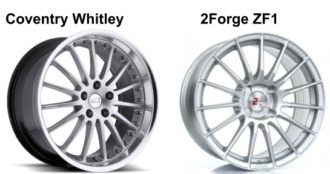
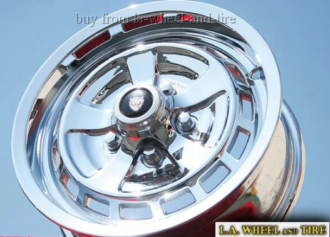

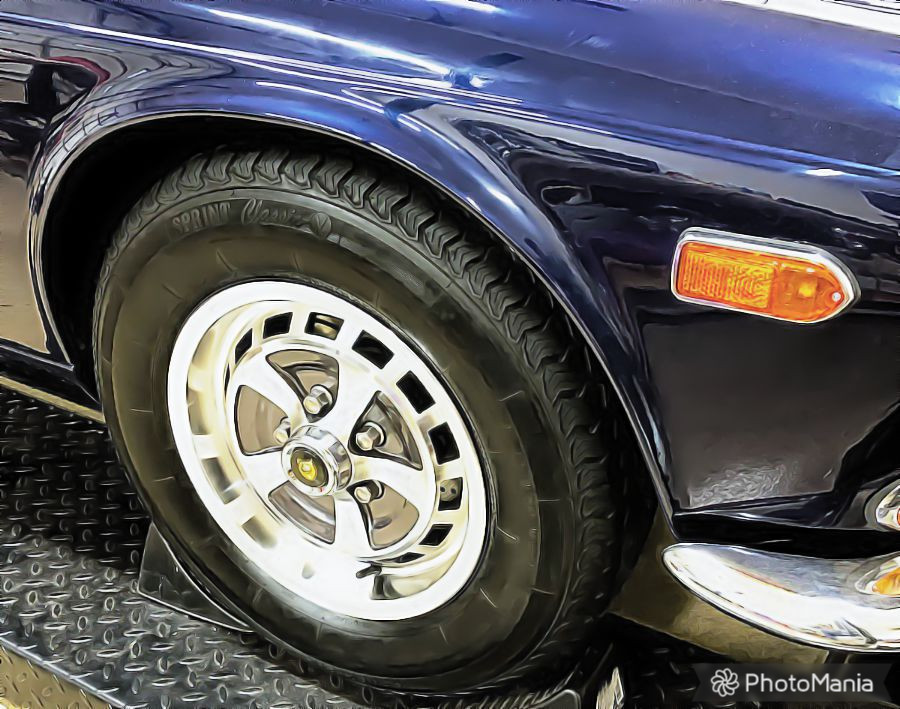

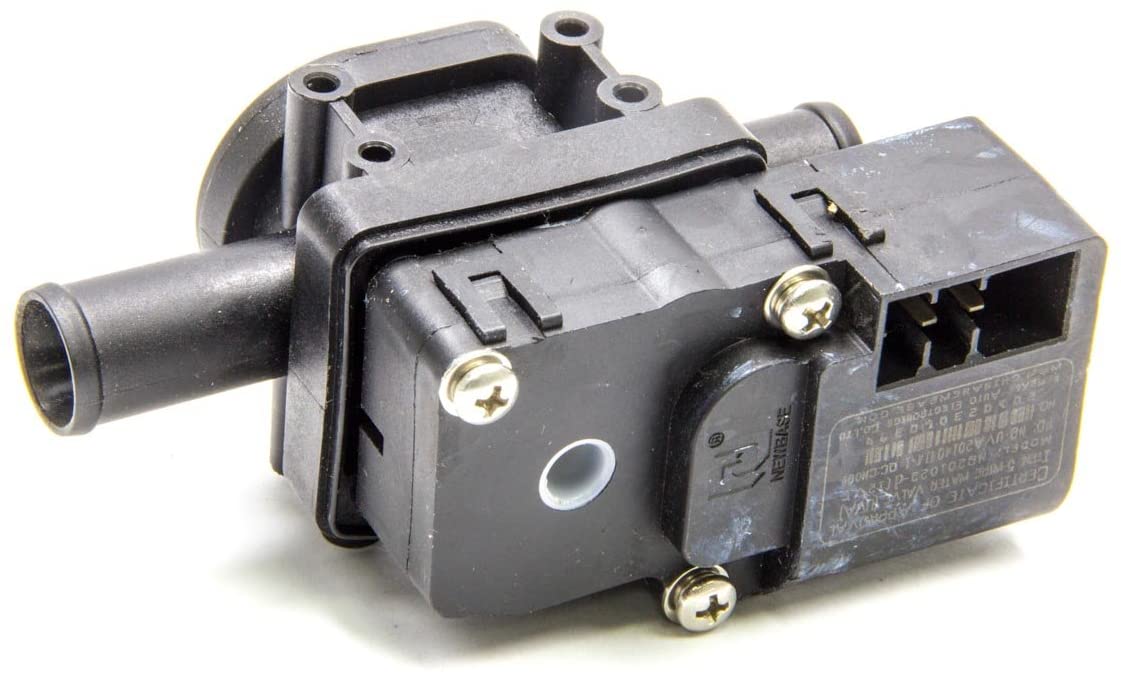
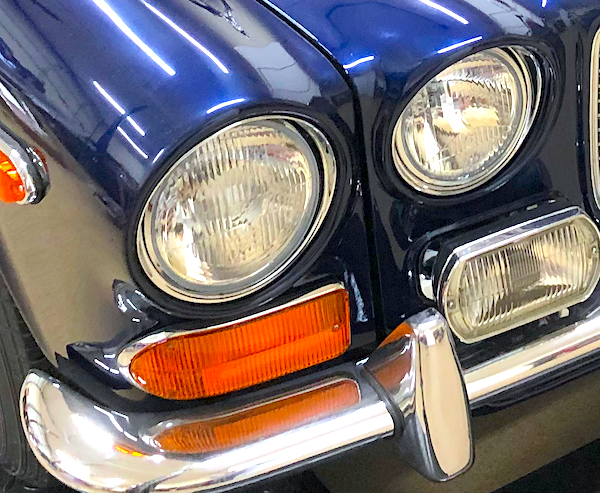


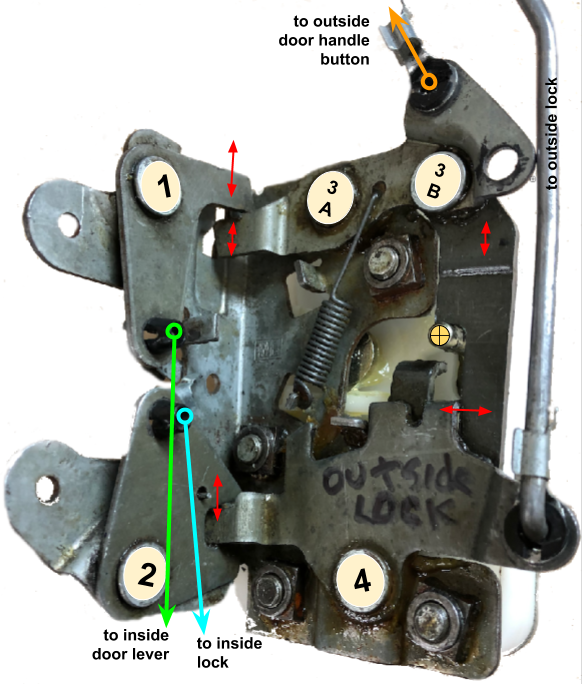
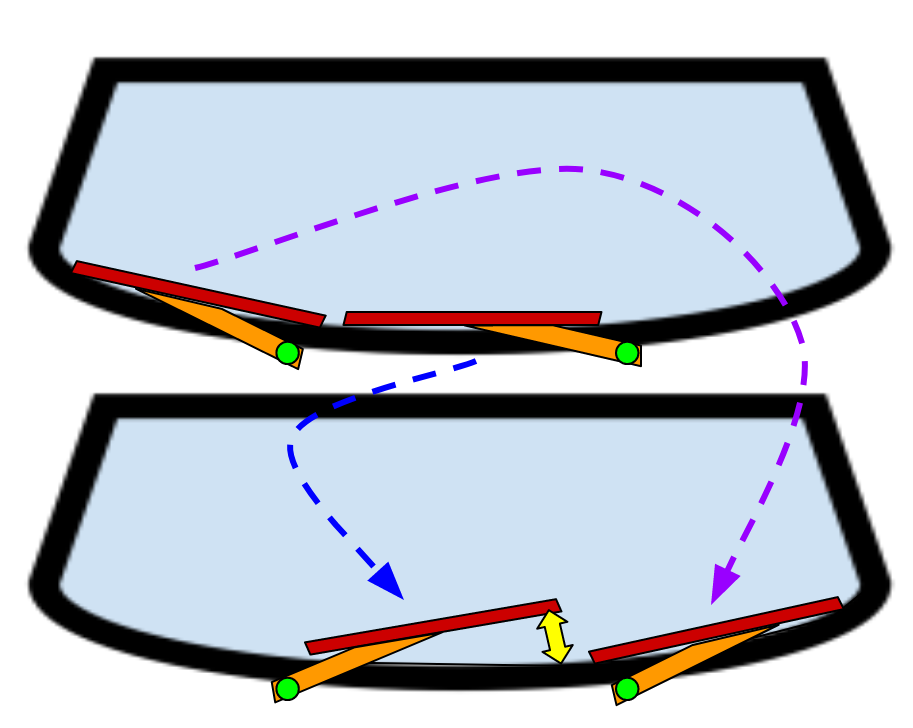

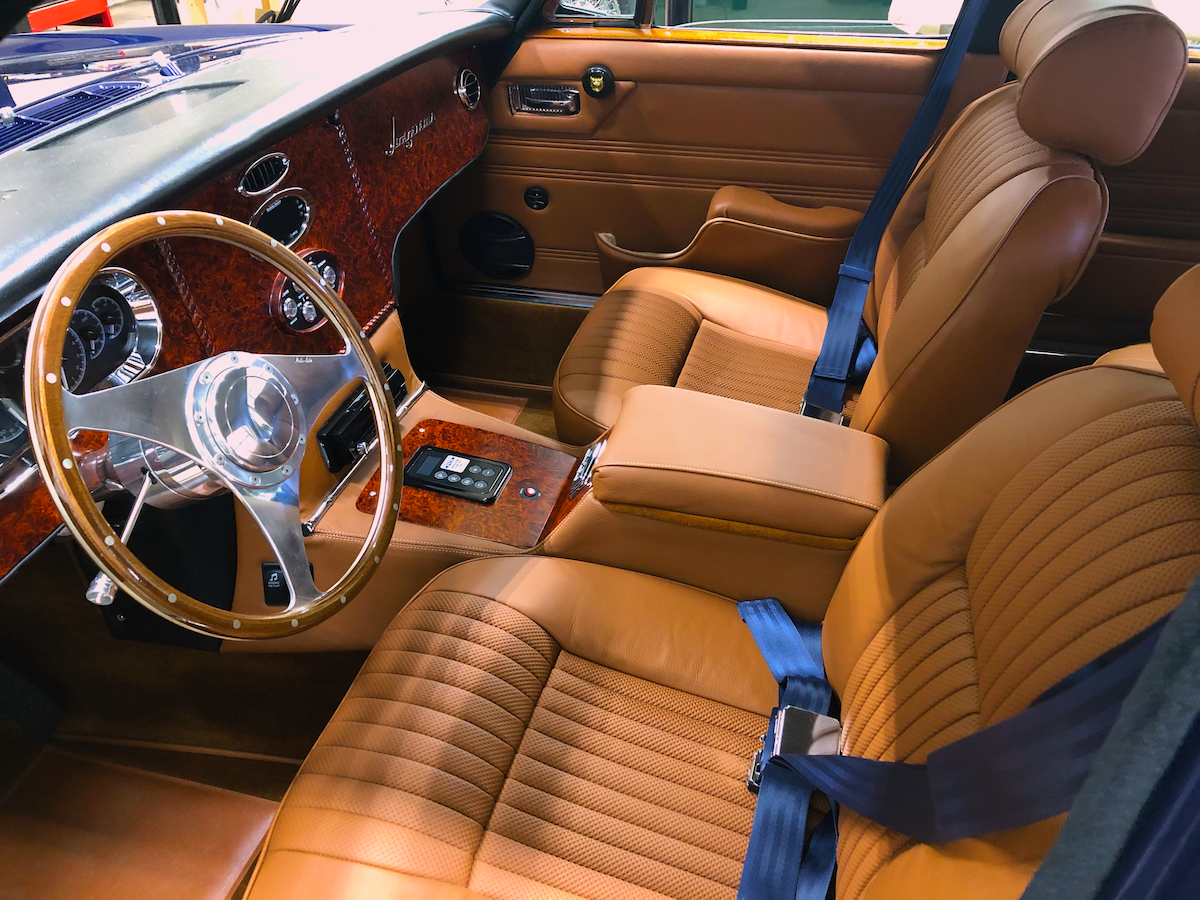
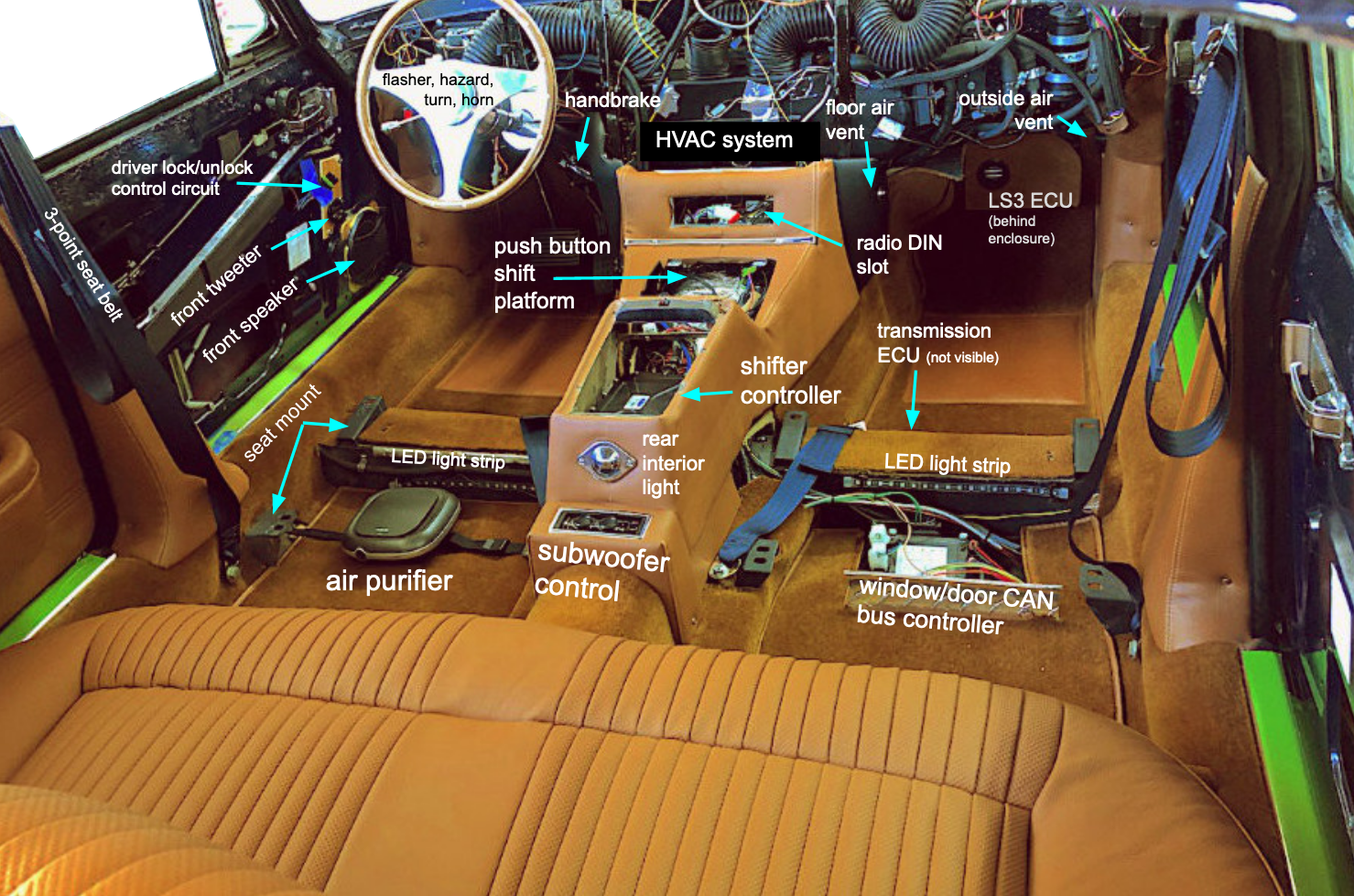
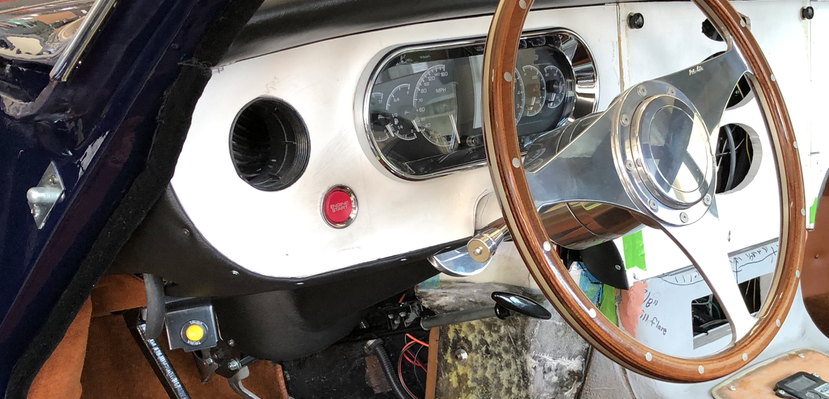
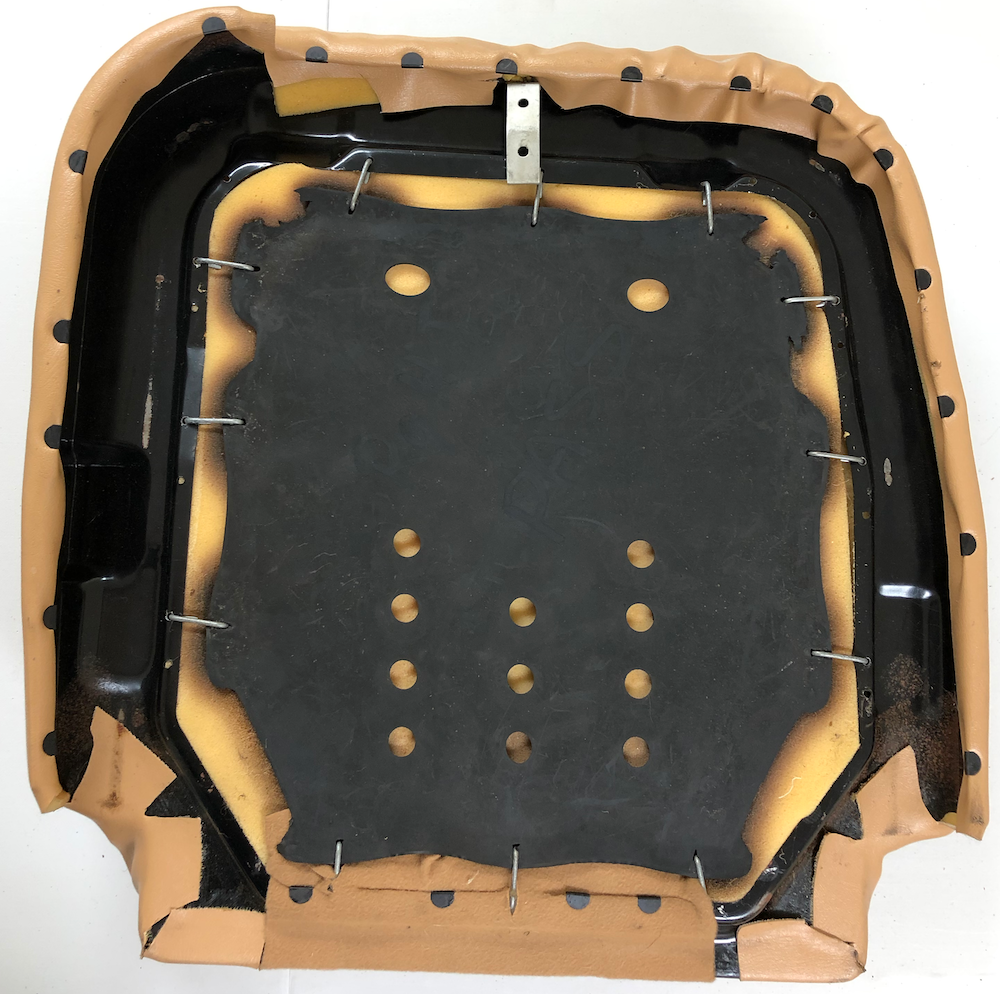






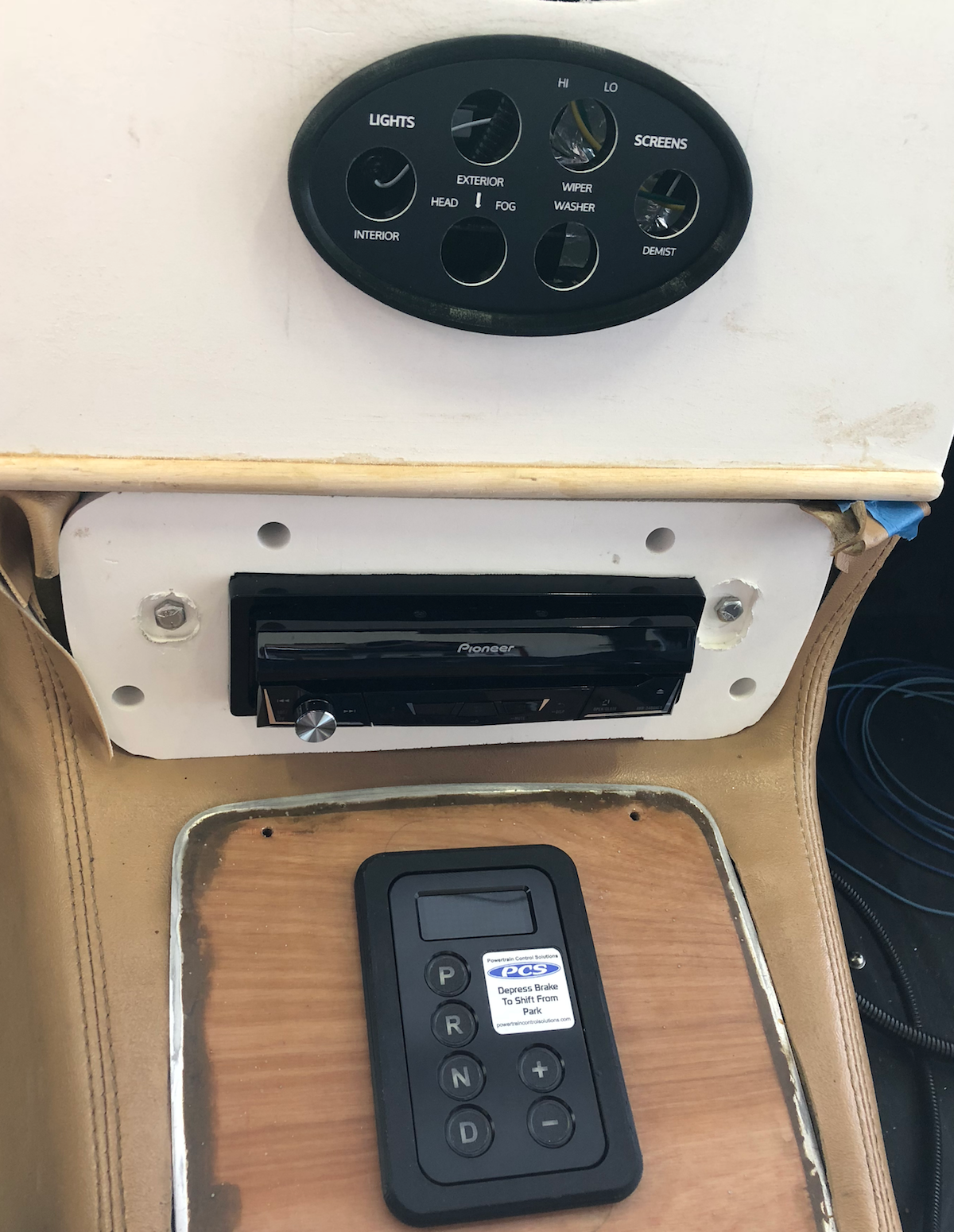

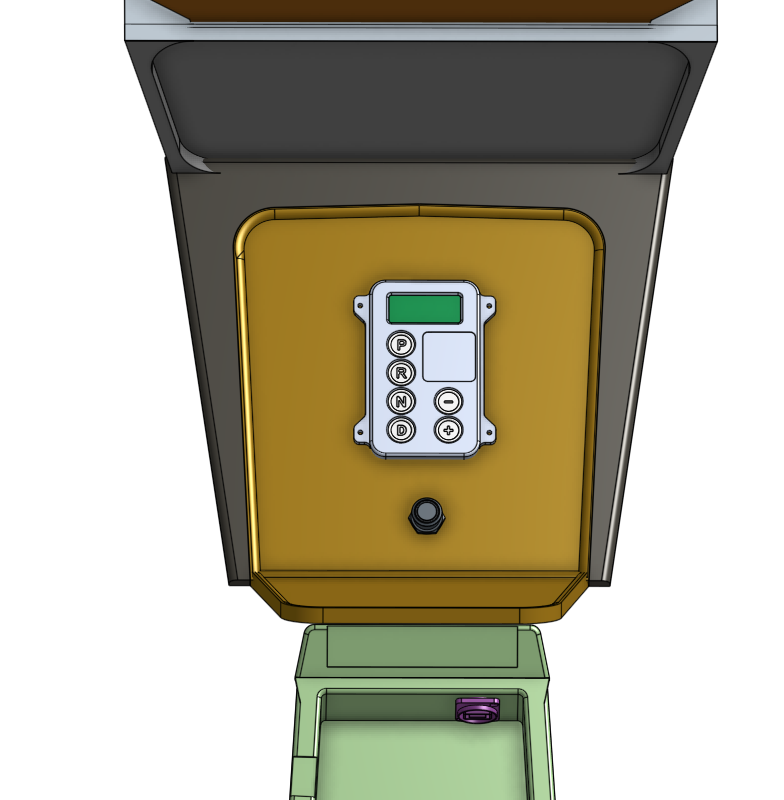
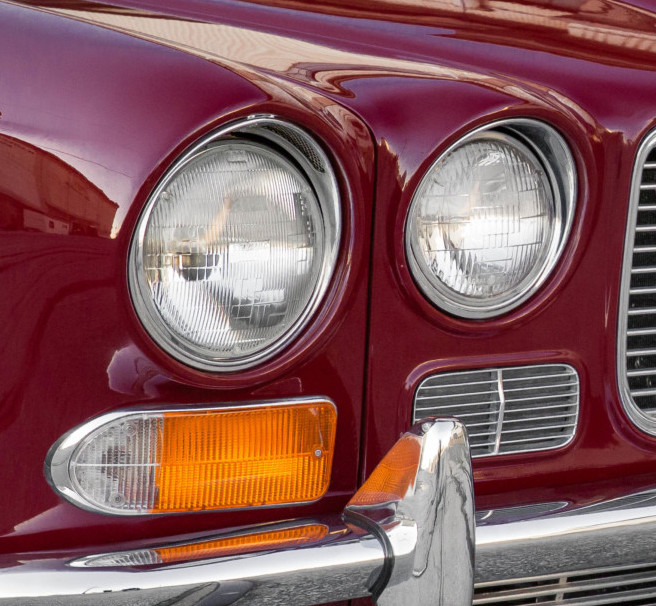

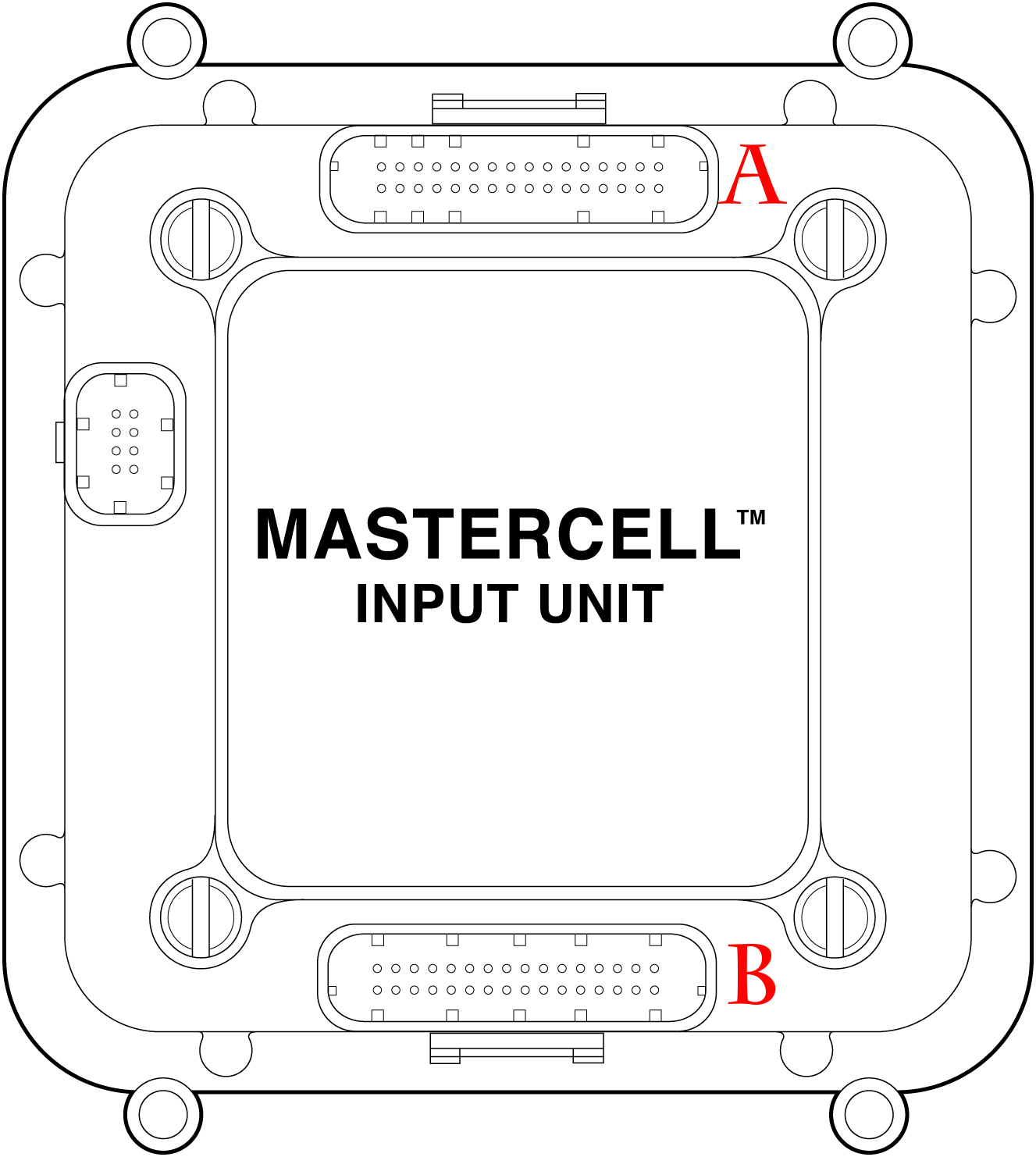




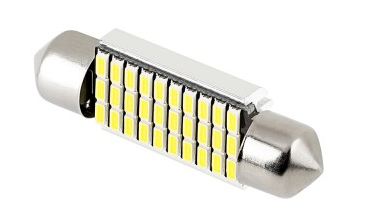
I am in New Zealand and sourced a set of 17” Australian Performance brand alloys which were especially made for the XJ6 offsets and centre bores. I bought them second hand and I have seen them in 16 and 18 inch too but don’t know if they are still sold new – it could be worth a crack. In my opinion they look fantastic and JUST fit with 225 x 55/17 tires. I had to seam weld the sill ends at the front and the rears are VERY close – there is some meat on the mating face I could have milled off to bring offset in.